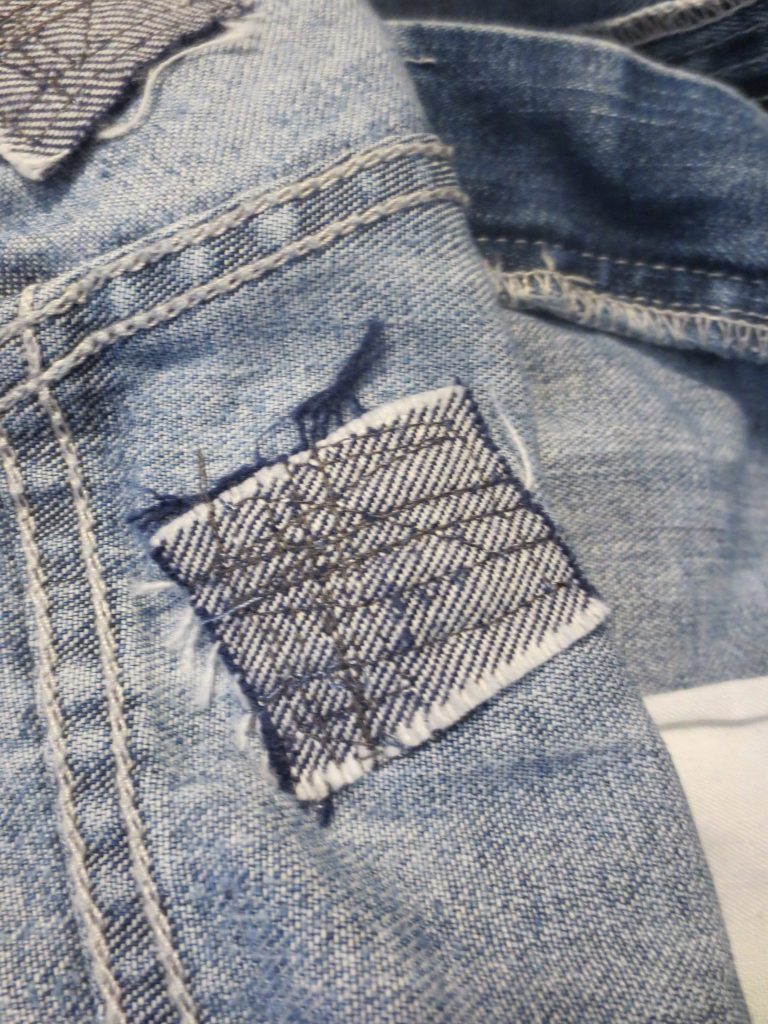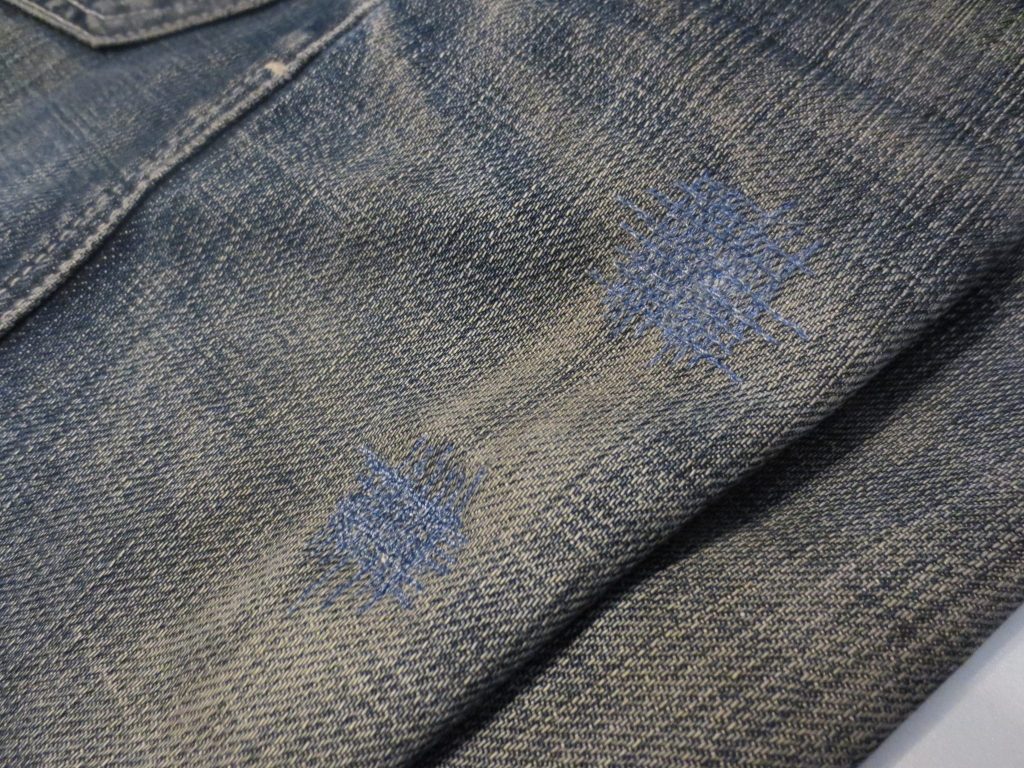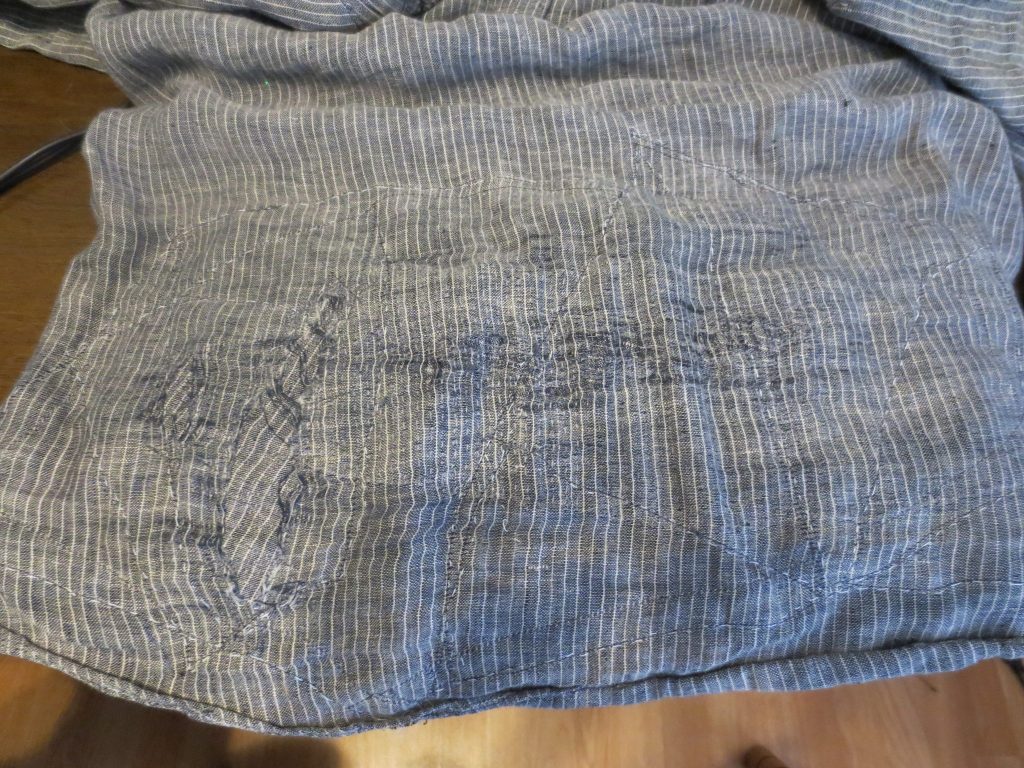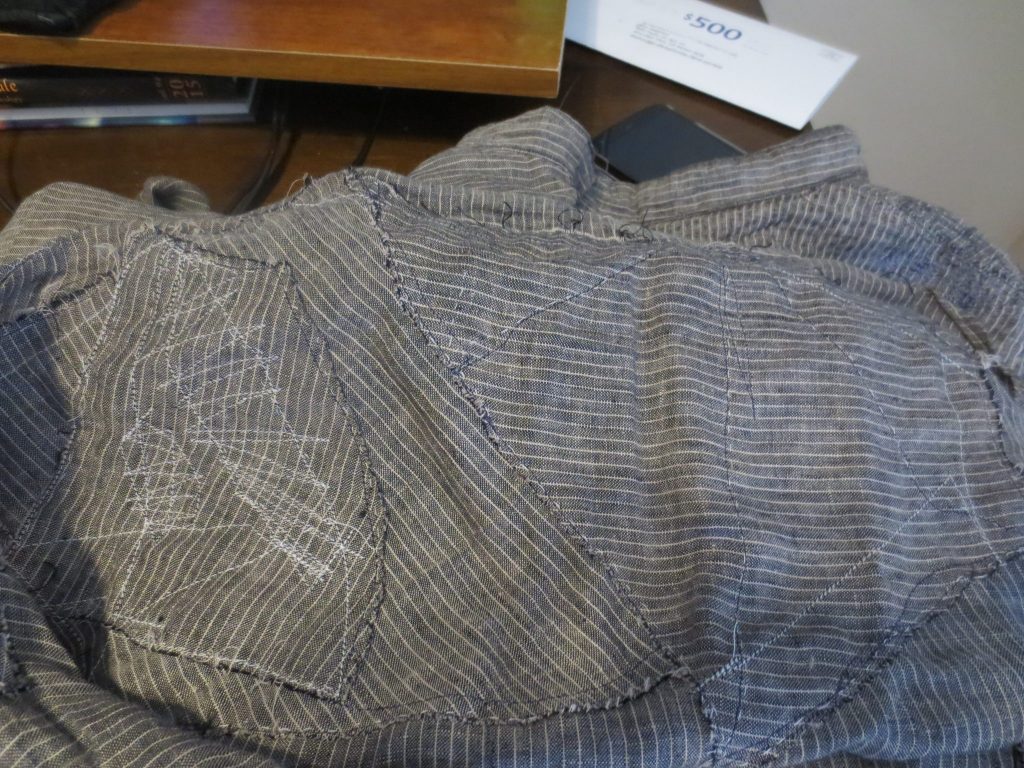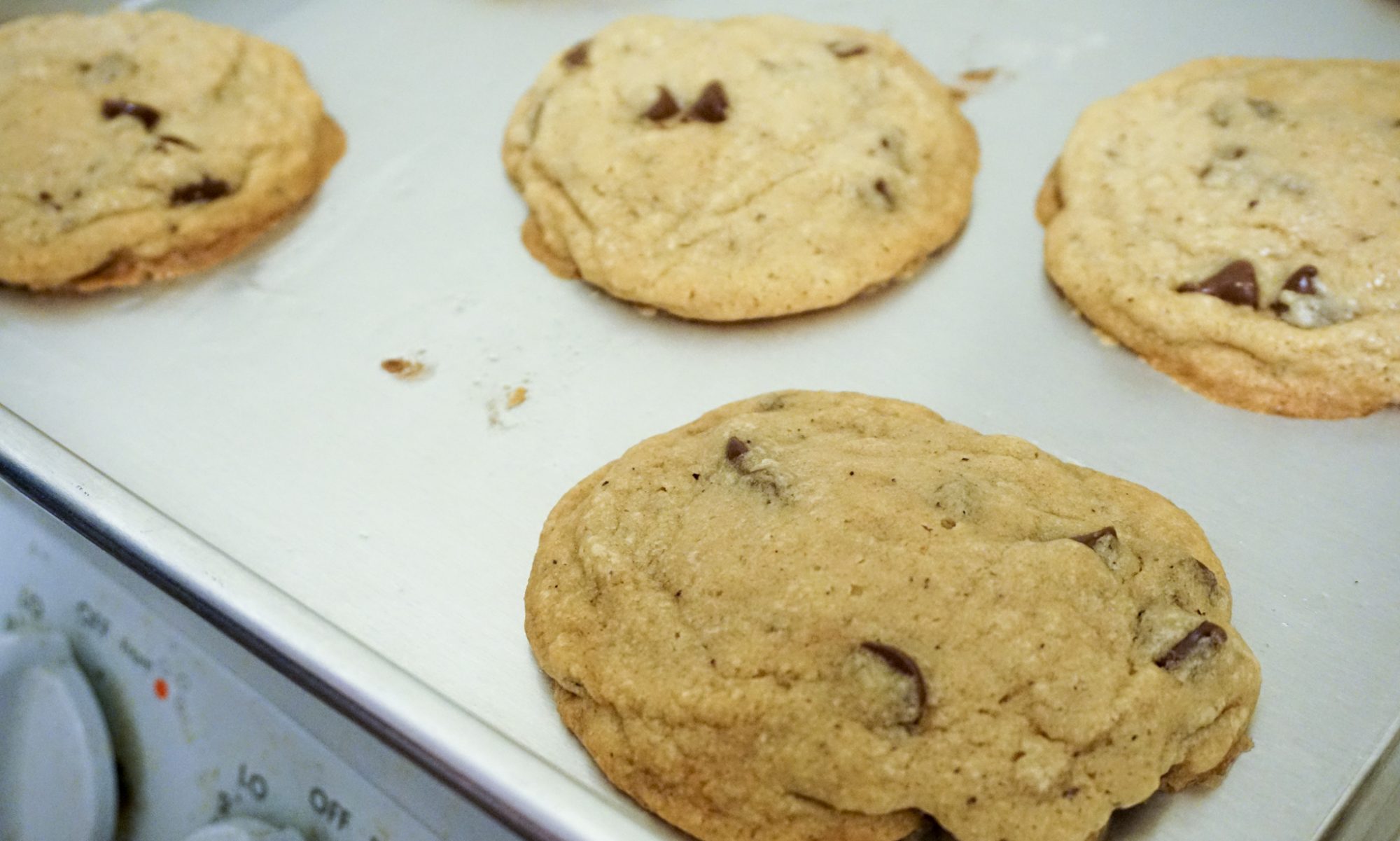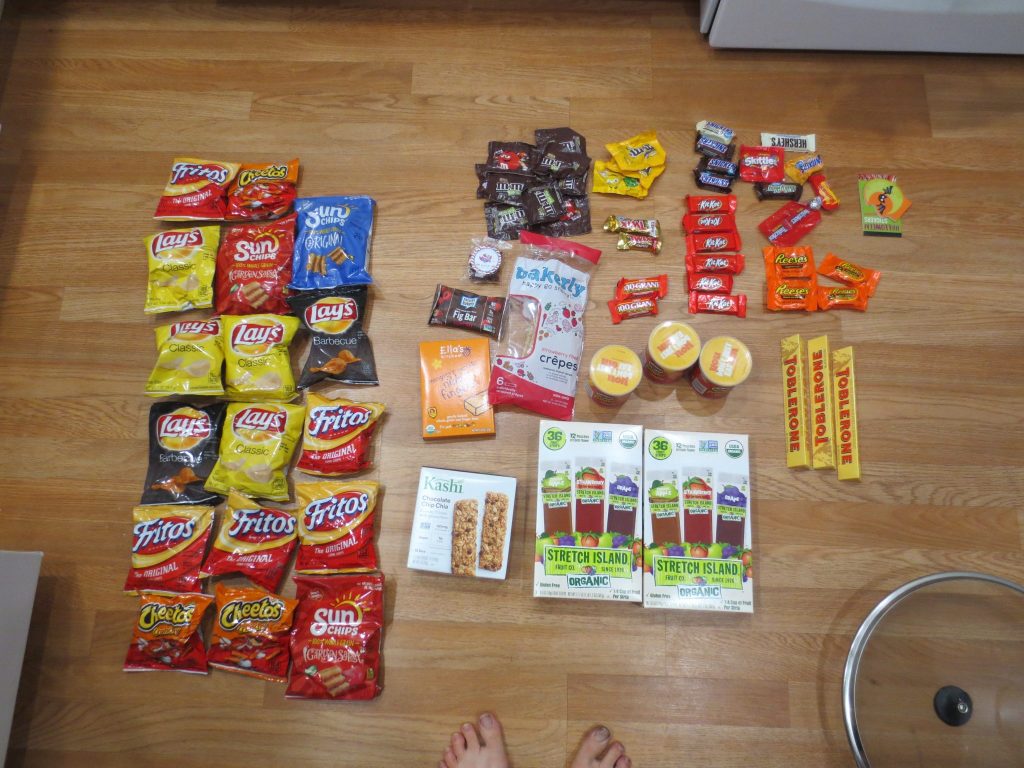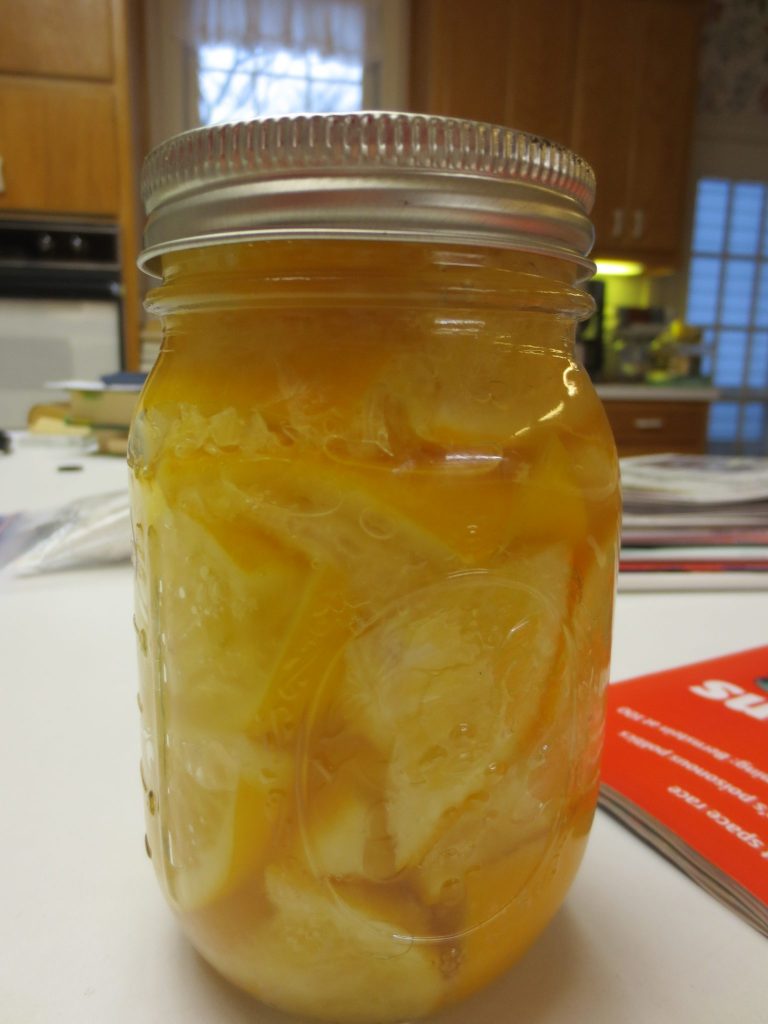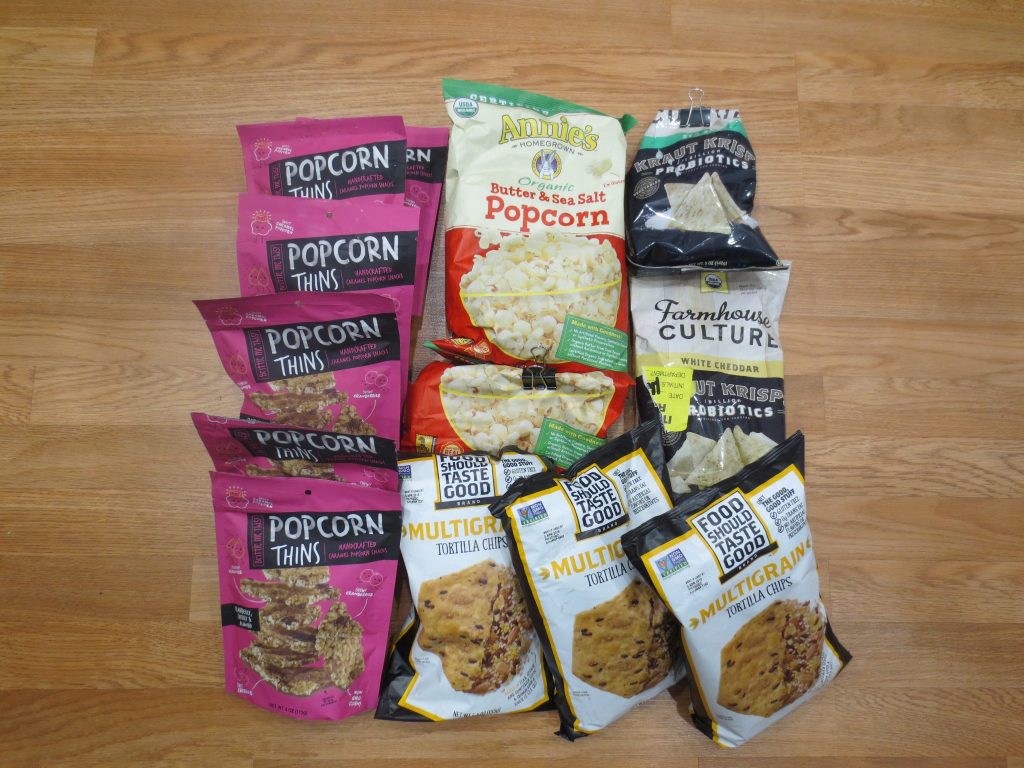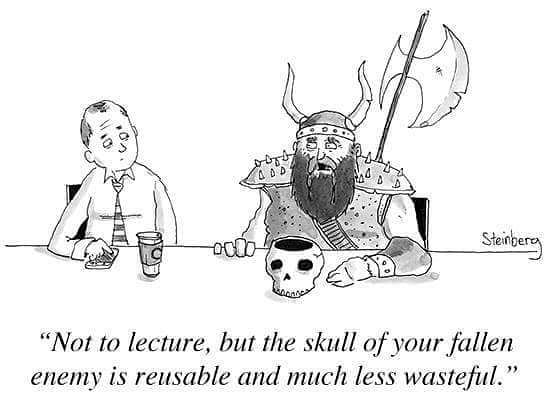I’ve been drafting this follow-up to the pros/cons of plastic post for a long time, but can’t quite articulate my thoughts (which probably means they are irrational…). This is my best attempt.
I try (although not suuuuuper hard) to avoid disposables, plastic or not. Plastic is of particular concern when in contact with food because of leaching concerns, but I also avoid multi-use plastic products. When buying something, I consider these characteristics:
- Apparent quality. I perceive metal, wood, glass, and natural textiles to be higher quality than plastic. Part of this is correlation, since companies often make higher-quality products out of non-plastic (i.e. more expensive) materials, and part of it is an appeal to nostalgia and tradition.
- Repairability.
- Durability.
- Recyclability/end-of-life concerns. If it breaks, will I be able to dispose of it so that it can be reused in some way?
- Safety. Does it offgas? Does the material have a long history of use? Is there any doubt about the material’s safety? (That aluminum pressure cooker is still on probation.)
- Does it have desirable qualities for the intended purpose? For example,
- Plastic food storage isn’t dishwashable without a degradation in quality. For example, tupperware seals worse after enough dishwashes.
- Cooking utensils must withstand high temperatures without degrading or melting. Plastic is particularly bad for this purpose.
- Synthetic textiles often don’t breath well or age well (pilling, sagging, smells), although this is also true of low-quality natural fibers, and contribute to microfiber pollution during their lifetimes. They perform poorly in various late-in-life textile uses (e.g. you definitely want natural fiber rags), and often feel strange. They require polluting, sometimes toxic synthetic dyes, since most natural dyes won’t adhere to synthetic fibers.
- Is there a good non-plastic, non-electronic, non-electric alternative available? E.g. Teflon pans are easily replaced with cast iron; plastic cooking utensils are easily replaced with metal or wood utensils.
The only areas I can think of where synthetics clearly win are in backpacking, where gear needs to be lightweight, flexible, and waterproof, and electronics.
I don’t avoid plastic entirely, but definitely lean away from it. If I need to buy something plastic, I try to buy it used. I avoid disposable plastics and plastic items that I know to be less than durable (e.g. Teflon cookware).

